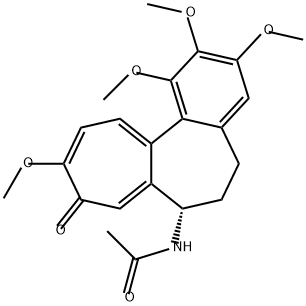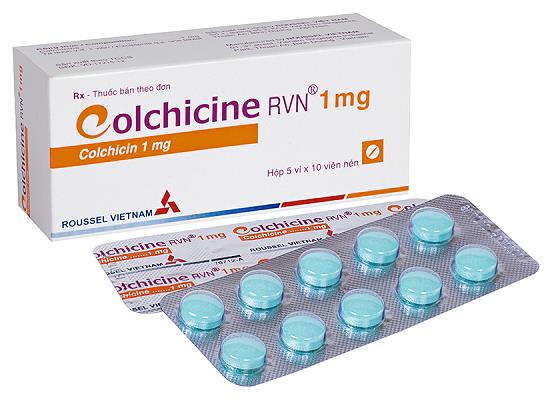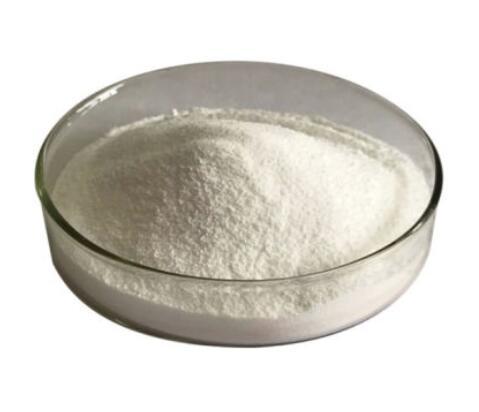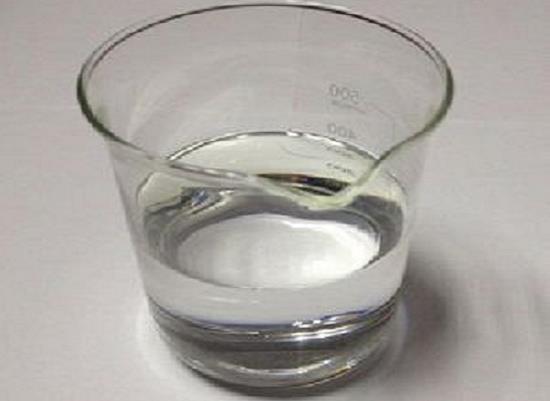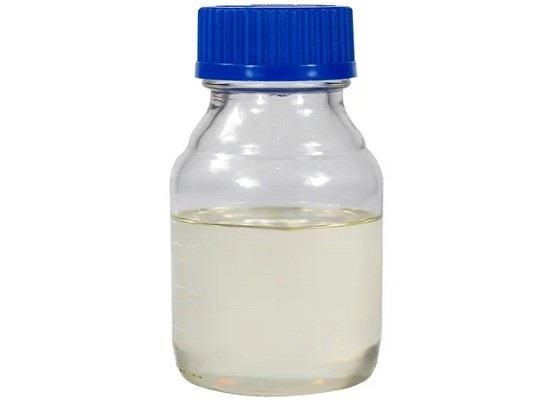Colchicine: mechanism of action, activities and side effects
General Description
Colchicine is primarily used for its ability to bind to tubulins and disrupt the assembly and polymerization of microtubules, resulting in anti-inflammatory and anti-mitotic effects. It inhibits leukocyte functions, including chemotaxis and superoxide production. Colchicine has shown anti-fibrotic effects by suppressing fibrosis in various organs and inhibiting myofibroblast differentiation. It also exhibits cardiovascular protective effects by reducing endothelial dysfunction and inflammatory markers and suppressing smooth muscle cell proliferation. However, colchicine can cause side effects such as gastrointestinal symptoms, bone marrow suppression, liver abnormalities, renal impairment, fever, and cardiac arrest.

Figure 1. Tablets of colchicine
![Article illustration]()
![Article illustration]() Mechanism of action
Mechanism of action
The primary therapeutic mechanism of action that has been extensively studied for colchicine is its ability to bind to tubulins, thereby obstructing the assembly and polymerization of microtubules. Microtubules are essential components of the cytoskeleton and consist of αβ-tubulin heterodimers. They play a pivotal role in various cellular processes, including cell shape maintenance, intracellular trafficking, cytokine and chemokine secretion, cell migration, regulation of ion channels, and cell division. Colchicine functions as a classical anti-mitotic drug by arresting mitotic cells in metaphase. It forms poorly reversible complexes with soluble tubulin, which then bind to the ends of microtubules, preventing their elongation and polymerization. At low concentrations, colchicine halts the growth of microtubules, while at higher concentrations, it facilitates their depolymerization. Colchicine also possesses anti-inflammatory properties, primarily attributed to its disruption of microtubules and subsequent interference with leukocyte functions. These anti-inflammatory mechanisms include the inhibition of neutrophil chemotaxis, adhesion, mobilization, and superoxide production. Additionally, colchicine inhibits NACHT-LRRPYD-containing protein 3 (NALP3) inflammasomes and the processing and release of interleukin (IL)-1β. 1
![Article illustration]() Activities
Activities
Anti-fibrotic effects
Colchicine has anti-fibrotic effects. In a rat model of cyclosporine nephrotoxicity, colchicine inhibited tubulointerstitial fibrosis by stimulating B-cell lymphoma 2 (Bcl-2) expression and suppression of caspase-3 and thereby suppressed renal cell apoptosis. In a rat model of hypertensive chronic kidney disease, colchicine inhibited renal fibrosis via inhibition of RhoA signaling and infiltration of inflammatory cells. In a rat model, colchicine inhibited liver fibrosis by inhibiting the activation of hepatic stellate cells and induced stellate cell apoptosis. In an encapsulating peritoneal sclerosis model, colchicine inhibited anti-transforming growth factor (TGF)-β1 activity. In an in vitro study using human lung fibroblasts, colchicine inhibited myofibroblast differentiation via Rho/ serum response factor (SRF) dependent, but Smad independent signaling. 2
Cardiovascular protective effects
The cardiovascular applications of colchicine have been evolving in the last decade. FMF patients treated with colchicine were observed to have lower markers for endothelial dysfunction and cardiovascular risk such as β-thromboglobulin and mean platelet volume. Colchicine inhibited intimal hyperplasia and leukocyte vascular endothelial growth factor (VEGF) expression in an angioplasty model in dogs. In a rat pulmonary arterial hypertension model, colchicine suppressed smooth muscle cell proliferation, increased cell apoptosis, and reduced protein expression of inflammation (TNF-α and NF-κB). Colchicine was shown to have synergistic protective effects with atorvastatin on endothelial function, reduced C-reactive protein (CRP) and lipoprotein-associated phospholipase A2 (Lp-PLA2), and enhanced NO production in rats. The clinical applications of colchicine in pericarditis and atherosclerosis have been under intense investigation. 3
Side effects
Colchicine is associated with several side effects, which can be categorized into different bodily systems. In the gastrointestinal system, potential adverse effects include nausea, vomiting, diarrhea, abdominal pain, gastrointestinal bleeding, and ulcer perforation. In terms of the bone marrow, colchicine can lead to a decrease in white blood cells (granulocytopenia) and can potentially cause aplastic anemia, which is characterized by impaired red blood cell production. Regarding the liver, colchicine may cause jaundice (yellowing of the skin and eyes) and elevated liver transaminase levels. In the urinary and reproductive system, proteinuria (excess protein in urine) and renal impairment are possible side effects. Additionally, other side effects that can occur include drug-induced fever, bone marrow suppression, cardiac arrest, and the development of antibodies against tumor necrosis factors. 4
Reference
1. Leung YY, Yao Hui LL, Kraus VB.
Colchicine--Update on mechanisms of action and therapeutic uses. Semin
Arthritis Rheum, 2015, 45(3):341-350.
2. Sandbo N, Ngam C, Torr E, Kregel S, Kach J, Dulin N. Control of myofibroblast differentiation by microtubule dynamics through a regulated localization of mDia2. J Biol Chem, 2013, 288(22):15466-15473.
3. Huang C, Cen C, Wang C, Zhan H, Ding X. Synergistic effects of colchicine combined with atorvastatin in rats with hyperlipidemia. Lipids Health Dis, 2014, 13:67.
4. Misra DP, Gasparyan AY, Zimba O. Benefits and adverse effects of hydroxychloroquine, methotrexate and colchicine: searching for repurposable drug candidates. Rheumatol Int, 2020, 40(11):1741-1751.
);You may like
Related articles And Qustion
See also
Lastest Price from Colchicine manufacturers
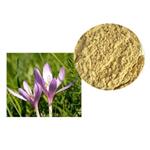
US $0.00/KG2024-04-28
- CAS:
- 64-86-8
- Min. Order:
- 1KG
- Purity:
- ≥98% HPLC
- Supply Ability:
- 1000KG
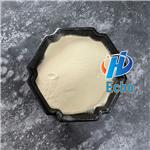
US $10.00/kg2024-04-27
- CAS:
- 64-86-8
- Min. Order:
- 1kg
- Purity:
- 99.7%
- Supply Ability:
- 200000kg
